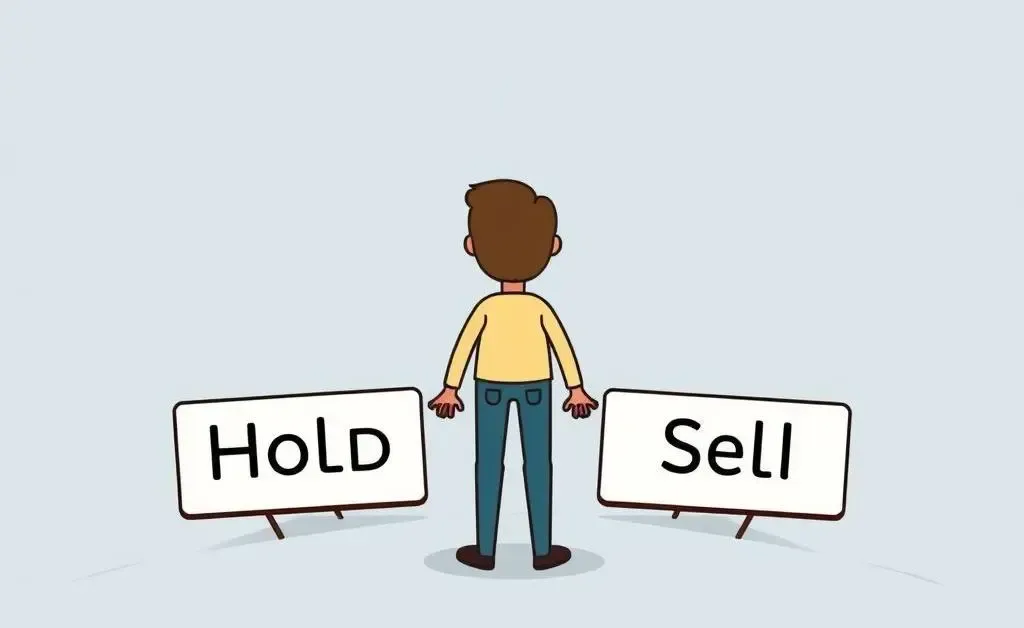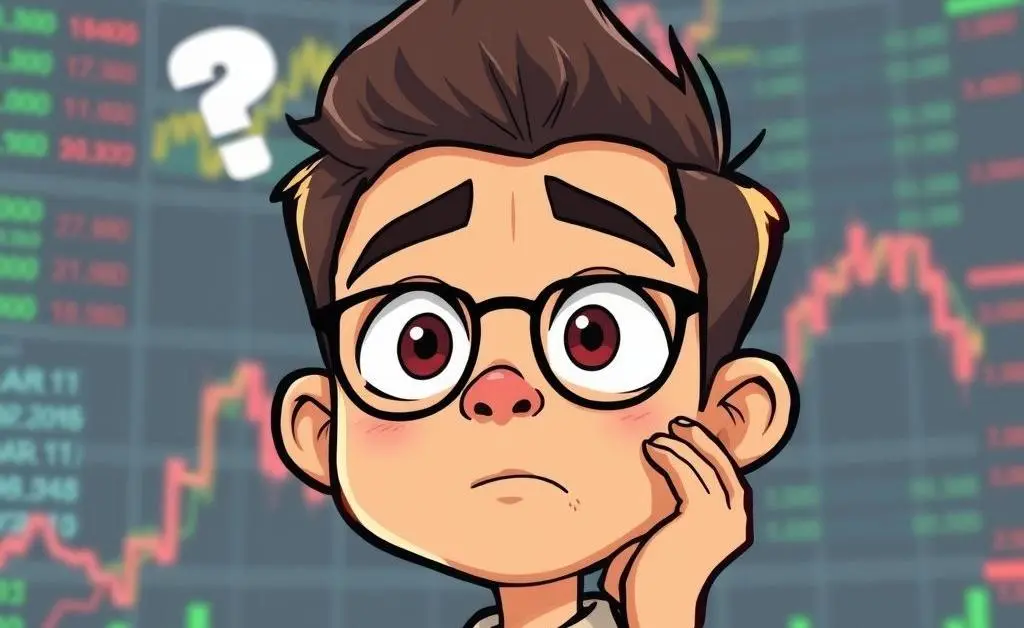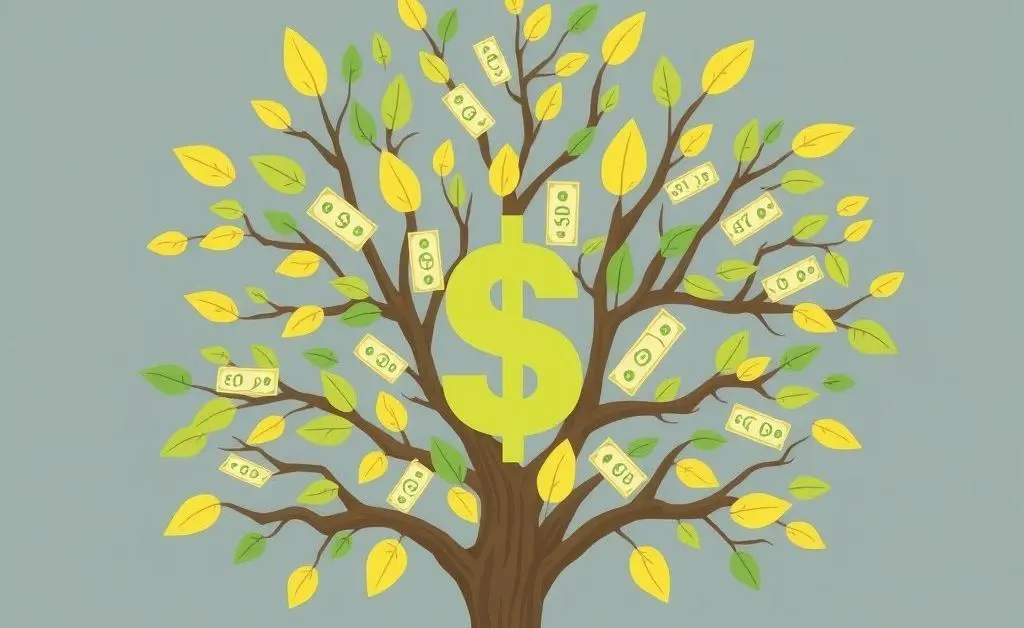Navigating the Investment Maze: Knowing When to Hold 'Em and When to Fold 'Em
Learn how to decide whether to stick with an investment or explore new opportunities.

Have you ever invested in something and then wondered, years down the line, "Did I make the right choice?" You're not alone. Many people face this dilemma when evaluating whether to stick with their original investment or move their money elsewhere. Let's dive into how to assess your investment strategy when faced with this decision.
The Crossroads of Investment Decisions
Imagine a young investor, Alex, who invested in a high-dividend ETF a decade ago. Back then, Alex was new to investing and chose something that felt stable. Fast forward to today, and Alex is standing at the crossroads, pondering, "Is it time to cash out and try something new?"

Seeking Growth or Stability?
One of the first questions to ask yourself is what your goals are now versus when you first invested. Consider:
- Has your financial situation changed?
- Are you looking for growth or stable, consistent income?
- How much risk are you comfortable with?
For Alex, the key lies in deciding between the steady income from dividends versus potentially better growth rates from a different investment.

The Role of Diversification
Diversification can be your best friend and your worst enemy. It spreads risk but can also dilute potential gains. If your portfolio was heavily weighted towards one type of investment, consider whether diversifying now could better align with your current financial goals.
Gut Feeling vs. Analytical Assessment
It's common to feel emotionally tied to your initial investments—they feel like old friends. However, assessing your portfolio with fresh eyes and curiosity can uncover opportunities you hadn't considered before. Alex might talk to his future self, realizing that what served him at twenty doesn't align with his goals at forty.

What’s Your Next Move?
Every investment decision should take into account where you are now and where you want to be. Before deciding to move your money, use these insights to guide you:
- Re-evaluate your financial goals periodically.
- Consider the balance between emotional attachment to investments and analytical assessments.
- Think about your risk tolerance and market conditions.
Ultimately, whether Alex decides to stick with his dividend stocks or explore new horizons, the decision should reflect thoughtful consideration based on current needs and future dreams.
Have you faced a similar investment crossroad? What factors guided your decision, and what did you learn from the process?




